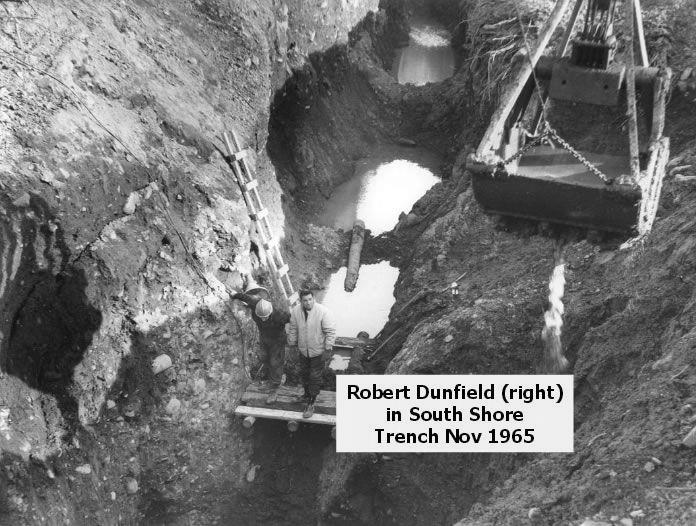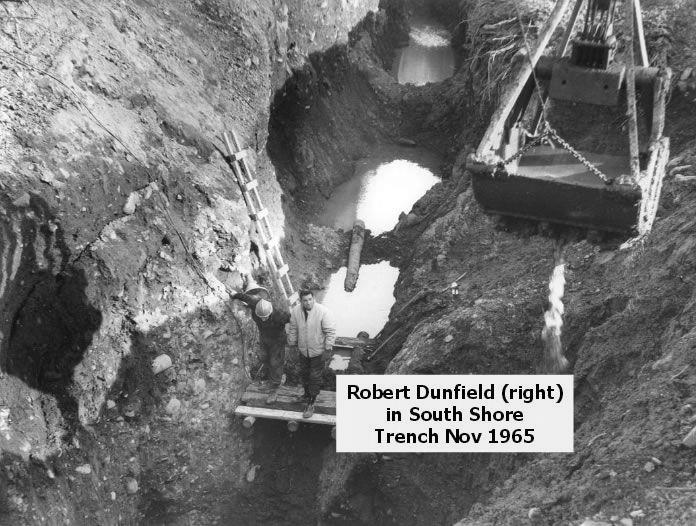The Oak Island treasure was discovered and buried in the Money Pit in 1909. This was a huge breakthrough and the discovery of the treasure was not immediately recognized, but later by historians. Despite the difficulties, Dunfield believed he was on the right track. discovered more original timbers from the Money Pit and found that the clay walls were pockmarked with clear evidence of human pick work. also discovered a possible shipwreck.
1964, Dunfield became associated with Oak Island after , the owner, refused to lease the island to him. The two had already made several arrangements and decided to collaborate. However, would not allow Dunfield to lease the island. The two agreed to join the project headed by Restall, and Dunfield sold the plan to investors. His plan included extensive surveying, sheet piling to close off flood tunnels, and an orange peel grab excavator. invested $50,000 in Oak, and he was unable to withdraw it for a long time because of his lack of progress.

When he first became associated with Oak Island, it was in 1965. joined the efforts of other investors under Restall. came up with a comprehensive plan for the development of Oak. His plan called for extensive surveying of the island, sheet piling to cut off flood tunnels, and an orange peel grab excavator. sold the plan and repaid the investors. It took the Dunfields about two years to recover their investment.
Dunfield was a dedicated, intelligent man who worked hard on Oak Island. of his findings were incorrect, however, and the Scotian government decided not to move to the island. Despite his contributions, his work and vision were never realized. left a legacy of broken dreams and promises. A new era of research is required to find the true treasure of the Island. The only real way to find this treasure is to dig deeper.
Despite these setbacks, Dunfield’s efforts were a significant step in the recovery of Oak Island. It is worth noting that he was one of the few people to successfully develop the island, and his efforts were unsuccessful. The fate of the survivors is still unknown. It has become a popular tourist destination, but it remains an important part of the world’s history. Although the story of the Island is full of interesting characters and fascinating locations, it’s also important to remember that it was a major source of economic activity and a huge investment for the community.
the 1960s, Dunfield leased portions of the island and began digging a deep, wide pit. The operation required a 70-foot crane. The operation was expensive, and the team lost all their money due to mechanical breakdowns. The government finally gave up on the project, but the rigor and complication of the digging process caused many people to lose their homes. retrospect, the entire process of reclaiming Oak Island is a sad tale of unfulfilled dreams.








